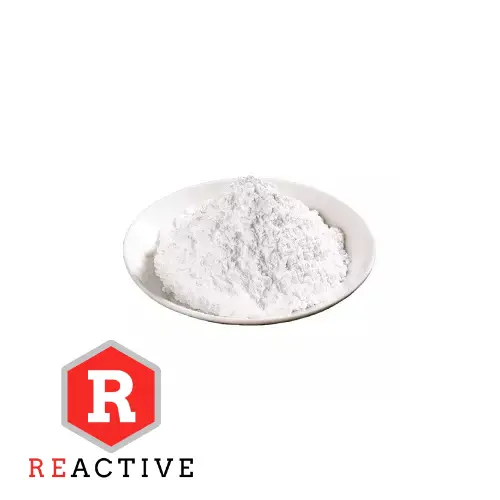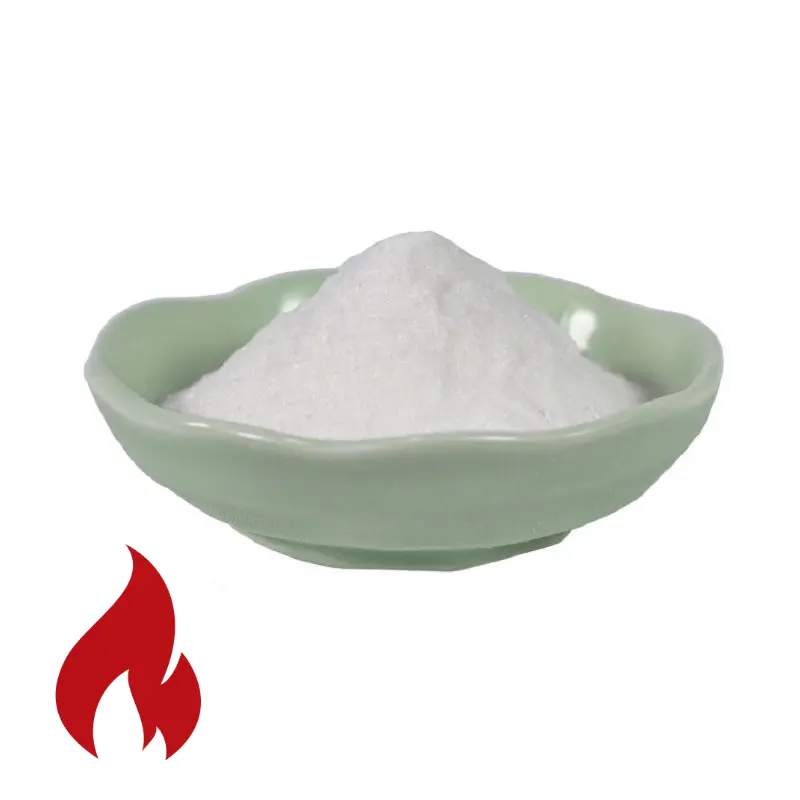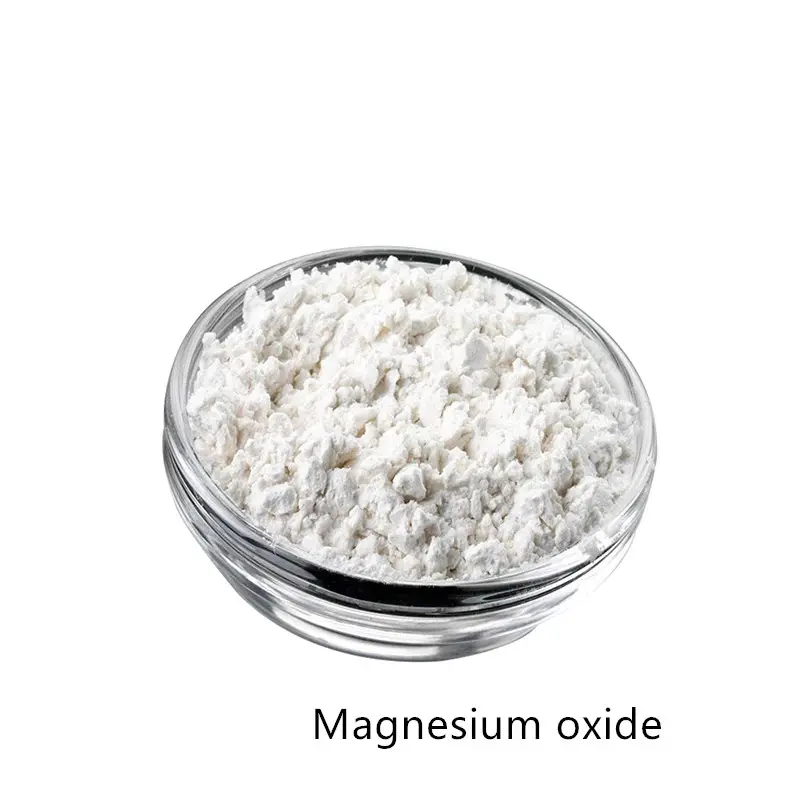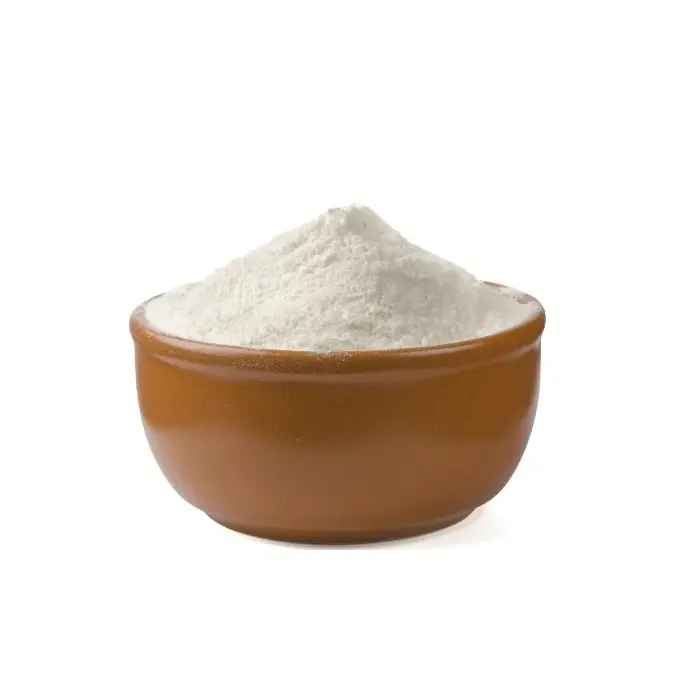Magnesium oxide is one of the magnesium chemical materials. Magnesium oxide is classified into light-burned magnesium oxide and dead-burned magnesium oxide according to the calcination production process. The light-burned magnesium oxide currently used in the magnesite industry refers to magnesium oxide formed by calcining magnesite ore at 700-900°C, also known as active magnesium oxide, with a chemical formula of MgO, a relative molecular mass of 40.30, a melting point of 2800°C, odorless, tasteless, non-toxic, and difficult to dissolve in pure water and organic solvents. The solubility in water increases due to the presence of CO2, and it can be dissolved in acid or ammonium salt solutions. It is easy to condense and can gradually absorb CO2 and water in the air to form magnesium carbonate complex salt.
Active magnesium oxide is divided into three types according to the iodine absorption value: high activity, medium activity, and low activity. The active magnesium oxide used in the magnesite industry refers to high-activity magnesium oxide.
Dead-burned magnesium oxide refers to high-purity magnesium oxide, generally referring to products with a purity of MgO of not less than 98%. It is mainly used in smelting, refractory materials, alloy materials and other industrial fields. It can also be used as an insulating filler for electric heating and electrical components.
1. Physical and chemical properties of light-burned magnesium oxide powder
Light-burned magnesium oxide, also known as active magnesium oxide or caustic magnesium oxide, is magnesium oxide formed by calcining magnesium compounds at 700-900°C with magnesia ore. The density of light-burned magnesium oxide is 2.94g/cm3, the melting point is 2852°C, the boiling point is 3600°C, it is soluble in acid and ammonium salts, and is difficult to dissolve in water and ethanol.
2. The main uses of light-burned magnesium oxide powder
Light-burned magnesium oxide is an important raw material for the preparation of high-functional fine inorganic materials, electronic components, inks, and harmful gas adsorbents. It is expected to be developed into a cutting-edge material under harsh conditions such as high temperature and high corrosion. It can also be used as a filler for paints, paper and cosmetics, a filler and reinforcing agent for plastics and rubber, and an auxiliary material for various electronic materials.
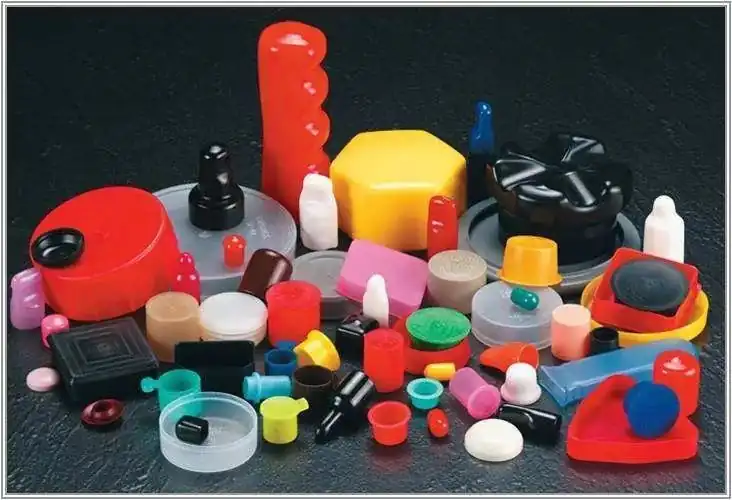
In the building materials industry, it is used to produce magnesium sulfate, magnesium nitrate, magnesium hydroxide, etc.; in the pharmaceutical industry, it is used to prepare antacids and laxatives; in the food processing industry, it is mainly used as a decolorizer.
Lightly burned magnesium oxide is the main raw material for magnesium cementitious materials and is used in the production of magnesium cementitious products. Lightly burned magnesium oxide and magnesium chloride (magnesium sulfate) aqueous solution are mixed in a certain proportion to gel and harden into a hardened body with certain physical and mechanical properties, so it is also called magnesium cement. As a new type of cement, magnesium cement has the advantages of light weight, high strength, fireproof and heat insulation, energy saving and environmental protection. It can be widely used in building materials, municipal administration, agriculture, machinery and other fields, such as decorative panels, sanitary ware, ceilings, floor tiles, ventilation ducts, anti-theft manhole covers, fireproof doors and windows, fireproof panels, partition boards, artificial marble, magnesium tiles, packaging boxes, etc., as well as molds, stoves, fireworks solidifiers, etc.
3. The difference between heavy-burned and light-burned magnesium oxide powder
Light-burned magnesium oxide refers to magnesium oxide calcined at 700-900°C. This type of magnesium oxide generally has good reactivity. Light-burned magnesium oxide is mainly used as a raw material for the preparation of ceramics, enamels, refractory crucibles and refractory bricks. It is also used as a polishing agent, adhesive, filler for coatings and paper, and a promoter and activator for chloroprene rubber and fluororubber. It is used as an antacid and laxative in medicine for hyperacidity, gastric and duodenal ulcers. It is used as a catalyst and a raw material for the manufacture of magnesium salts in the chemical industry.

Heavy-burned magnesium oxide refers to magnesium oxide calcined at a temperature greater than 1000°C. It is used for refractory materials, smelting, etc., and can also be used to produce other magnesium salts. In the material field, it is mainly used to prepare refractory materials.
4. The difference between magnesia powder and light-burned magnesium oxide powder
Light-burned magnesium oxide is made from high-grade ore at a temperature of 700-900°C, with a magnesium oxide content of 70%-95% and an active magnesium oxide content of 40%-70%. Magnesium oxide produced by directly calcining low-grade ore without mineral processing at a calcination temperature of only 600-700°C is commonly known as magnesia powder. It is a low-grade, gelling magnesium oxide with a magnesium oxide content of less than 70% and an active content of less than 40%. Magnesia powder cannot be used to prepare magnesium cement in principle. Light-burned magnesium oxide and magnesia powder cannot be confused, as they are very different in production methods and performance.

